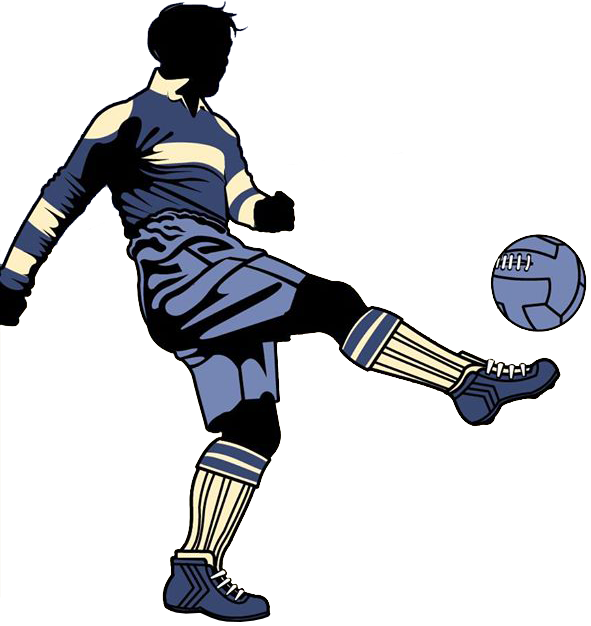Thanks to their high-profile owners, Hollywood actors, Ryan Reynolds and Rob McElhenney, and their rise through the footballing ranks with back to back promotions, Wrexham FC receive a lot more press these days.
But what do you know about the rich history of the club and the emblem etched on the players' chests?
Its origins date back to the 1860s and emanate, like many football teams, from the local cricket club, looking to entertain their players during the colder months. An advertisement in the local paper in 1964 read “Football. This good old leg hit game is now about to be revived in Wrexham. A match will be played this day on the Denbigh County Cricket Ground between fifteen of the Town Club and fifteen of the Fire Brigade.”
And so Wrexham FC were born. The oldest professional football club in Wales and the world's oldest international sports ground.

In the mid 1800s, the early years of the club saw no official badge but, like many teams of the time, they were known to sport the local coat of arms. The Maelor Crest, featured a lion in a central shield (known in heraldry as in an ‘en passant’ or ‘walking forwards’ position), flanked by two red dragons with a third sitting atop.
It was another 100 years, in the late 1960s, that an embroidered crest was seen on the players shirts throughout the season, for the first time. Again it was the insignia of the local area, another incarnation of the Wrexham Borough heraldry, with a golden shield, an ermine dotted backdrop, two lions and the familiar red dragon in ascendancy.

And it wasn't until 1973, in celebration of their centenary (although there is now some debate about the accuracy of the founding year!) that a competition was held in a local newspaper to design a new emblem for the logo.
The winner of the £25 prize money was David Edwards Jones and his design proved very popular. The dragons were centre stage again, with a football between them, representative of the club's Welsh roots and the fighting spirit and passion associated its supporters and the sport.
The colours reflected those of the Welsh flag with the green typifying the fields the rural countryside. The badge also featured the three ostrich feathers of the Prince of Wales, with prior permission from Buckingham Palace having to be sought before they could be incorporated.
Finally, David's design included the inscription “Ich Dien,” meaning “I serve” in German, another element from the Prince of Wales' coat of arms. A motto which had been adopted, along with the feathers, after the battle of Crécy in 1346.
David was a local man and keen Wrexham supporter. After his success with the competition he went on to design a badge for Wrexham Rugby Club and a shield for the Wrexham Korean Veterans Association.
When he died in 2020 fans flocked to praise the badge and it’s designer once again. It was cited by one as "one of the best club badges in all of football. Immediately recognisable, looks good. A classic piece of design"
The Wrexham FC crest remains a cherished symbol. It's a visual representation of the club's identity, a celebration of Welsh heritage, a source of pride for its passionate fanbase and a testament to the club's journey through the years.

